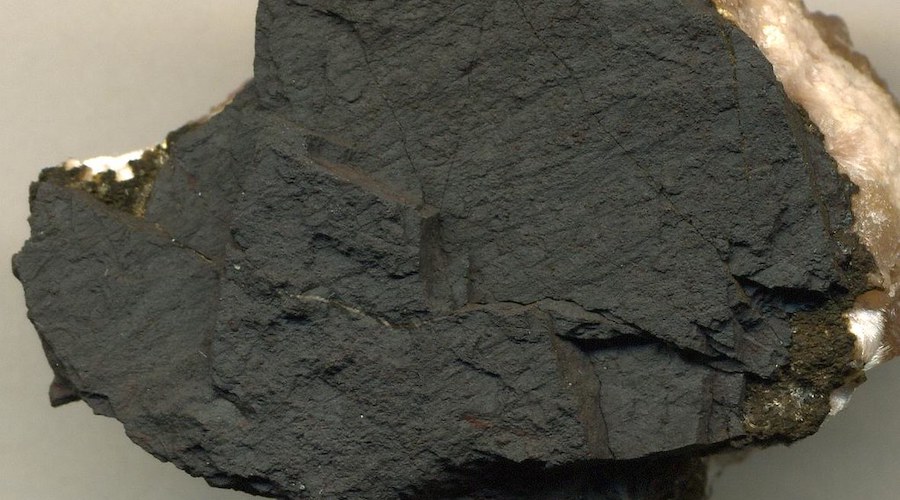
The team fabricated their compound in the form of an insoluble black powder and then examined its crystal structure using an X-ray diffractometer and a transmission electron microscope. They then examined how the compound’s structure changed when heated or cooled, and how much and how quickly heat energy was stored and released.
Heating the material up to 200︎ degrees Celsius dehydrated it by giving its stored water molecules the energy they need to be released into the surrounding atmosphere. When the dehydrated material was then cooled below 120︎ degrees Celsius in a dry container and then exposed to humid air, it absorbed water molecules and released its stored heat.
“This intercalation mechanism, where water molecules are reversibly inserted into a layered material, is very advantageous for heat storage,” Tohoku University materials scientist Tetsu Ichitsubo said in a media statement. “It is very fast, reversible and the material’s structure is well maintained. Also, oxygen in the atmosphere doesn’t degrade the layered manganese oxide crystal and water doesn’t dissolve it. This makes it an excellent candidate for waste-heat reuse in industrial settings.”
This birnessite-type layered manganese dioxide with crystal water compound demonstrated better all-round performance compared to other compounds currently being researched for heat storage purposes.
“Our material has a long lifetime, can reversibly store and release large amounts of heat per unit volume, and rapidly charges and discharges,” Ichitsubo said.




